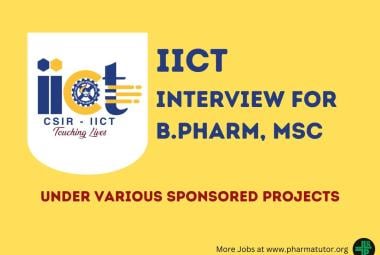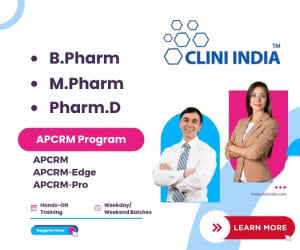REVIEW ON AEGLE MARMELOS (L) CORR: MEDICINAL VALUES, BIOLOGICAL ACTIVITIES, FORMULATIONS, TOXICITY STUDIES
 About Authors:
About Authors:
Kambham Venkateswarlu
Graduate Student
Sri Lakshmi Narasimha College of Pharmacy, Palluru,
Gudipala Mandal Chittoor-517132, Andhra Pradesh, India.
k.v.reddy9441701016@gmail.com
ABSTRACT:
In recent times, focus on plant research has increased all over the world and a large body of evidence has collected to show immense potential of medicinal plants used in various traditional systems. Over the last few years, rehears have aimed at identifying and validating plant derived substances for the treatment of various diseases. Similarly it has been already proved that various parts of plants such as Leafs, fruits, seeds etc. provide health and nutrition promoting compounds in human diet. The Bael (Aegle Marmelos) (L) Corr) is another Indian plant, which has enormous traditional uses against various diseases. The present review aims to compile medicinal values of Aegle Marmelos generated through the research activity using modern scientific approaches and innovative scientific tools.
It is called 'Shivadurme', the tree of Shiva, and is one of the sacred trees of the Hindus. Leaves are offered in prayers to Shiva and Parvathi since ancient times.



 About Author:
About Author: About Authors:
About Authors: About Authors:
About Authors: About Authors:
About Authors:  About Authors:
About Authors:  About Authors:
About Authors: 







.png)

